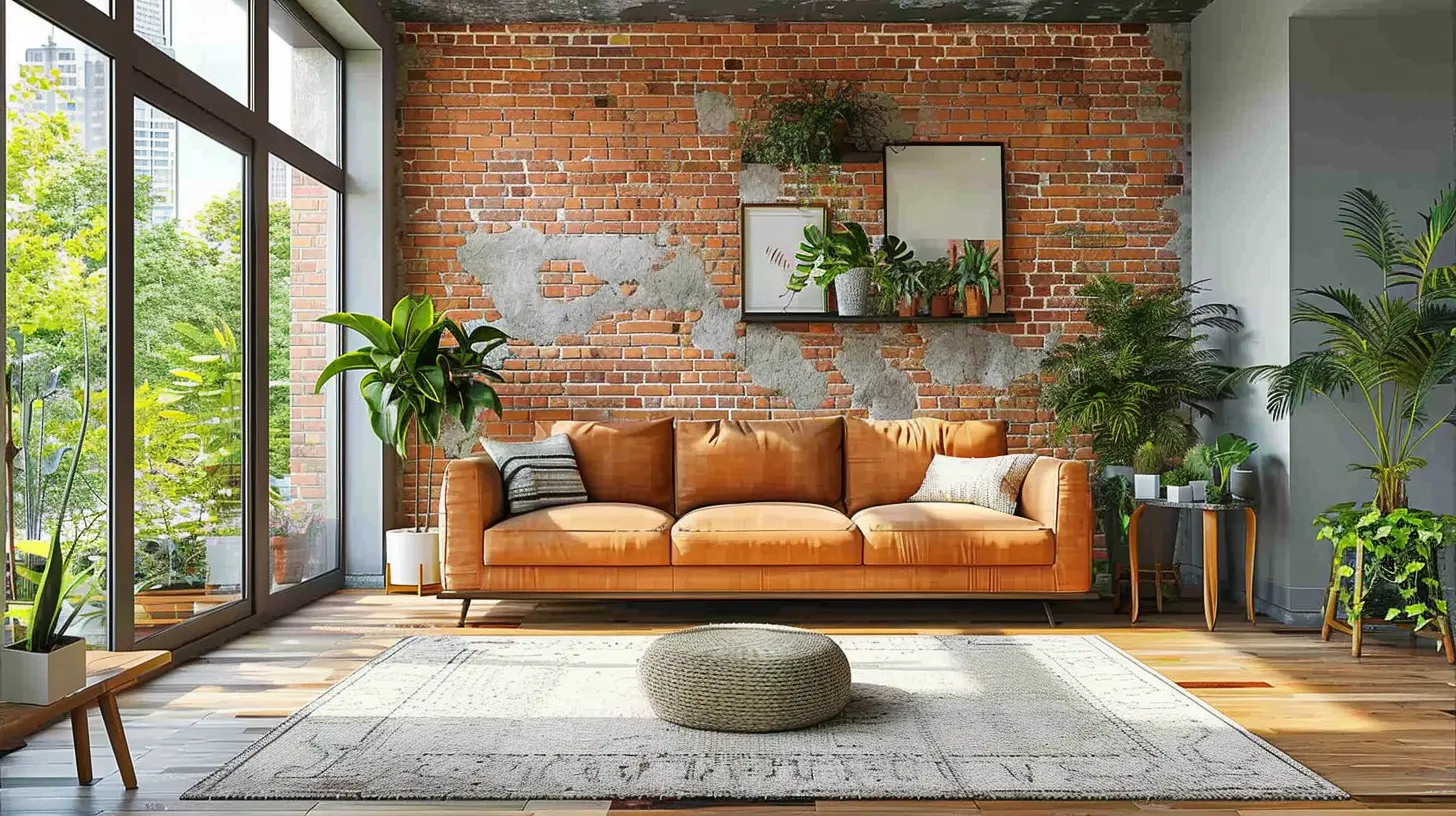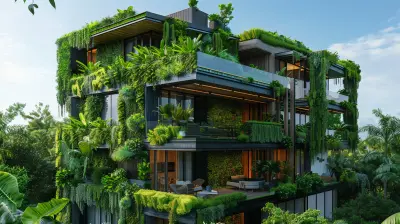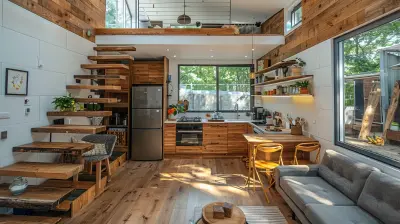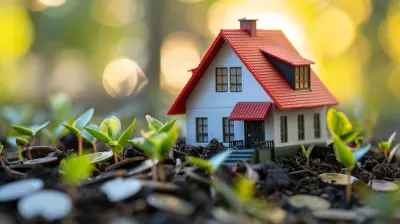17 April 2025
Finding the perfect place to call home involves more than just location and price—it’s also about choosing a space that fits your personality, lifestyle, and needs. When searching for an apartment, you’ll likely come across two distinct styles: loft apartments and traditional apartments.
But which one is right for you? Should you opt for the open, industrial aesthetic of a loft, or do you prefer the cozy, defined spaces of a traditional apartment? Let’s break down the pros and cons of each, helping you find the living space that suits your style and lifestyle perfectly.

What is a Loft Apartment?
A loft apartment is typically a large, open-concept space with high ceilings, exposed structural elements (such as brick walls, beams, and ductwork), and large windows that flood the space with natural light. Originally, lofts were converted from old warehouses and industrial buildings, giving them a raw, urban aesthetic.Key Features of a Loft Apartment
- Open Floor Plan – Few or no interior walls, creating a spacious feeling.- High Ceilings – Often over 10 feet, adding to the airy ambiance.
- Industrial Elements – Exposed brick, metal, wood beams, and ductwork give it a rustic appeal.
- Large Windows – Often floor-to-ceiling, allowing plenty of natural light.
- Minimal Storage – Because of the open space, built-in closets and storage areas may be limited.
Lofts are popular in urban areas, drawing in creative professionals, artists, and those who love a minimalist yet industrial vibe.

What is a Traditional Apartment?
A traditional apartment follows a more conventional layout, with defined rooms such as bedrooms, living areas, and kitchens. These are built specifically for residential living, offering a structured and cozy environment.Key Features of a Traditional Apartment
- Separate Rooms – Defined spaces for different functions (bedrooms, living room, kitchen, etc.).- Standard Ceiling Height – Usually between 8-10 feet.
- Finished Look – No exposed ductwork or brick; a more polished and homey feel.
- Built-in Storage – Includes closets, cabinets, and sometimes even pantry space.
- More Privacy – Walls and doors provide soundproofing and personal space.
Traditional apartments are great for families, couples, and individuals who prefer a more structured, cozy, and private atmosphere.

Comparing Lofts and Traditional Apartments
Choosing between a loft and a traditional apartment depends on several factors, including lifestyle, aesthetics, and functionality. Let’s take a closer look at how they compare in key areas.1. Space and Layout
- Lofts: Open and airy, with little to no partitioning between areas. Ideal for those who love flexibility in design and don’t mind an open-concept living style.- Traditional Apartments: Have designated rooms for sleeping, cooking, and relaxing. Great for those who like organization and structure.
Which is better?
If you enjoy creativity and don’t need strict boundaries, a loft may be perfect. But if you value separate spaces with more privacy, a traditional apartment is the way to go.
2. Aesthetic and Design
- Lofts: Feature industrial, urban, and edgy designs with raw materials and high ceilings.- Traditional Apartments: Offer a cozy, polished, and inviting atmosphere with classic finishes.
Which is better?
If you appreciate artistic, modern, and unconventional spaces, a loft is ideal. If you prefer a homely, timeless charm, a traditional apartment suits you better.
3. Storage and Organization
- Lofts: Often lack built-in storage, requiring creative organization solutions.- Traditional Apartments: Come with closets, cabinets, and built-in storage, making organization easier.
Which is better?
If you’re a minimalist and don’t need much storage, a loft works fine. But if you have lots of belongings or prefer more storage, a traditional apartment is more practical.
4. Noise and Privacy
- Lofts: Open layouts mean sound travels easily, which can be an issue if you live with others.- Traditional Apartments: Separate rooms provide better soundproofing and privacy.
Which is better?
If you live alone or don’t mind some background noise, a loft is great. But if you prefer peace and quiet, a traditional apartment is better.
5. Price and Affordability
- Lofts: Tend to be more expensive due to their unique features and urban locations.- Traditional Apartments: Usually more budget-friendly with a range of options.
Which is better?
If budget isn’t a major concern and you love the loft aesthetic, go for it. But if you want affordability and a wider range of options, a traditional apartment is a solid choice.

Who Should Choose a Loft?
A loft apartment is ideal if you:✅ Love open spaces and modern industrial designs.
✅ Don’t mind fewer storage options.
✅ Prefer natural light and high ceilings.
✅ Work from home and want a flexible live-work space.
✅ Enjoy unique, non-traditional living spaces.
Who Should Choose a Traditional Apartment?
A traditional apartment is better suited if you:✅ Value privacy and separate living spaces.
✅ Need ample storage for belongings.
✅ Prefer a cozy, polished home environment.
✅ Have a family or live with roommates.
✅ Want a more affordable rental option.
Making the Right Choice for You
At the end of the day, choosing between a loft and a traditional apartment comes down to your personal preferences and lifestyle. Think about how you live, how much space you need, and what kind of environment makes you feel most comfortable.If you thrive in open, creative spaces and love an urban industrial vibe, a loft could be your dream home. On the other hand, if you prioritize privacy, storage, and a structured layout, a traditional apartment might be the best fit.
No matter what you choose, make sure your home feels like your sanctuary—a place where you can truly be yourself. So, are you a loft lover or a traditional apartment dweller? The choice is yours!






Valentina Reilly
This article insightfully highlights the diverse aesthetics of lofts versus traditional apartments, yet it could further explore how personal lifestyle and needs should guide the choice. While style is important, factors like functionality, community, and space must also play a crucial role in finding the perfect home. Balance is key.
April 25, 2025 at 10:21 AM